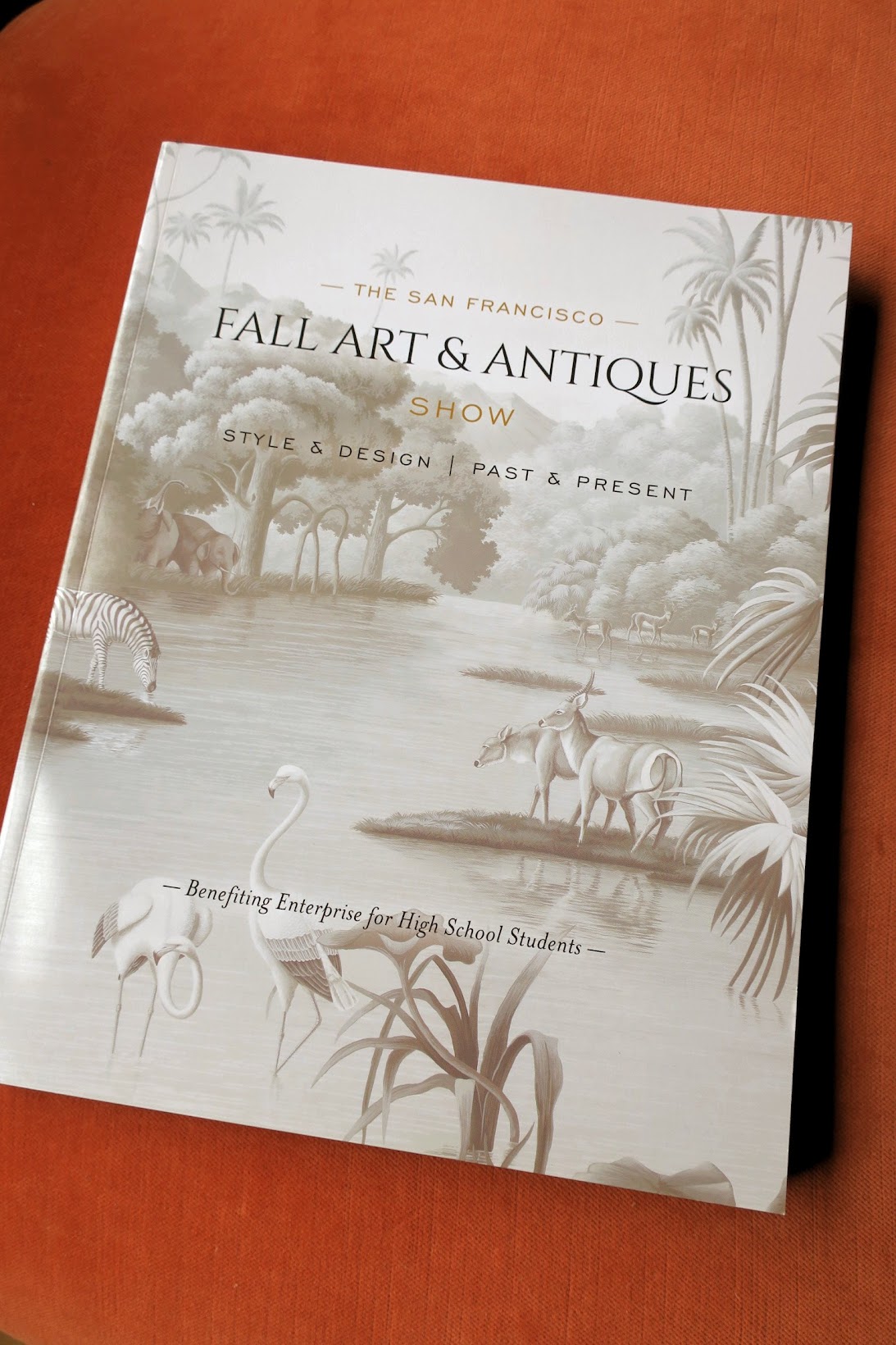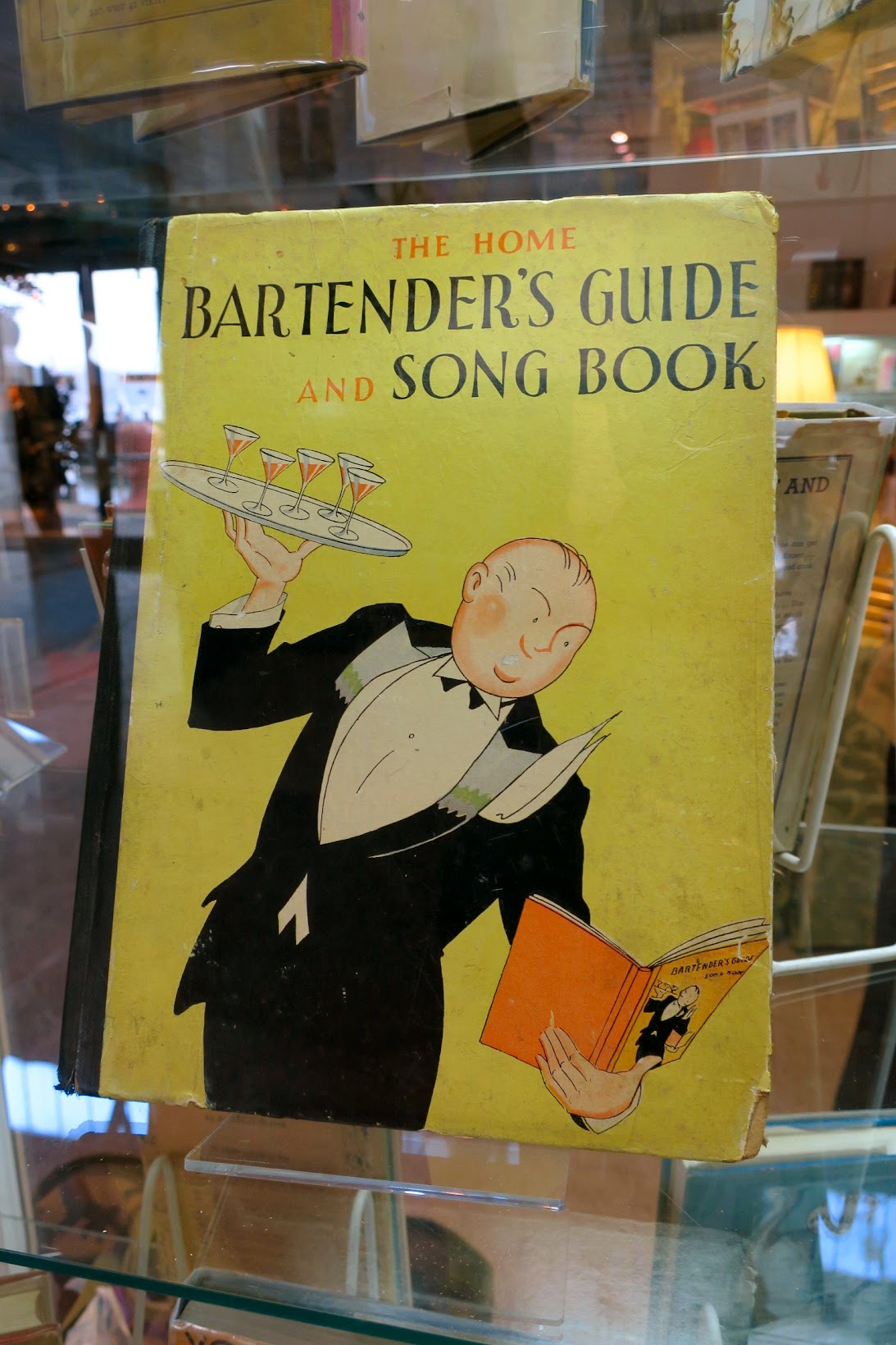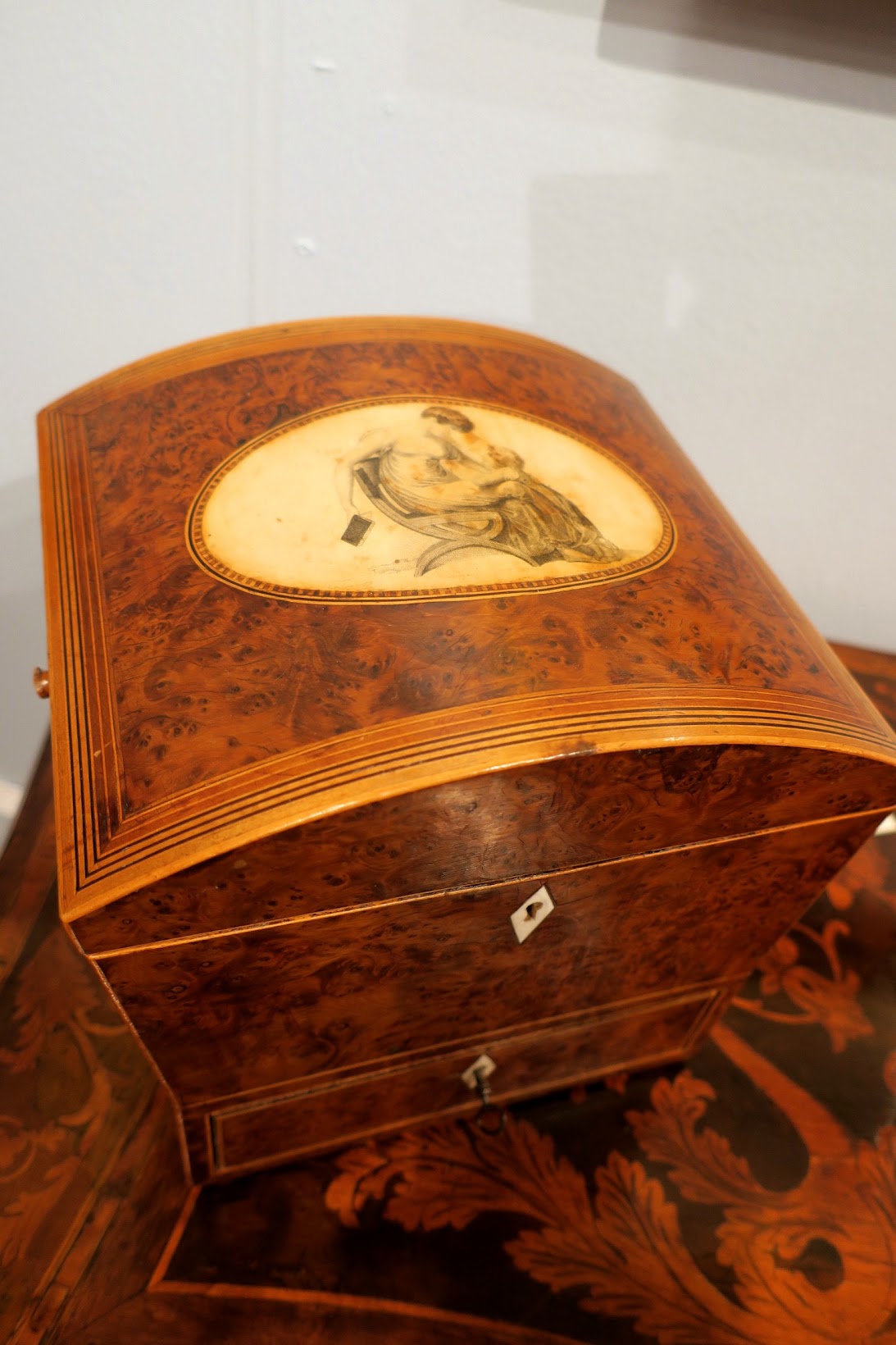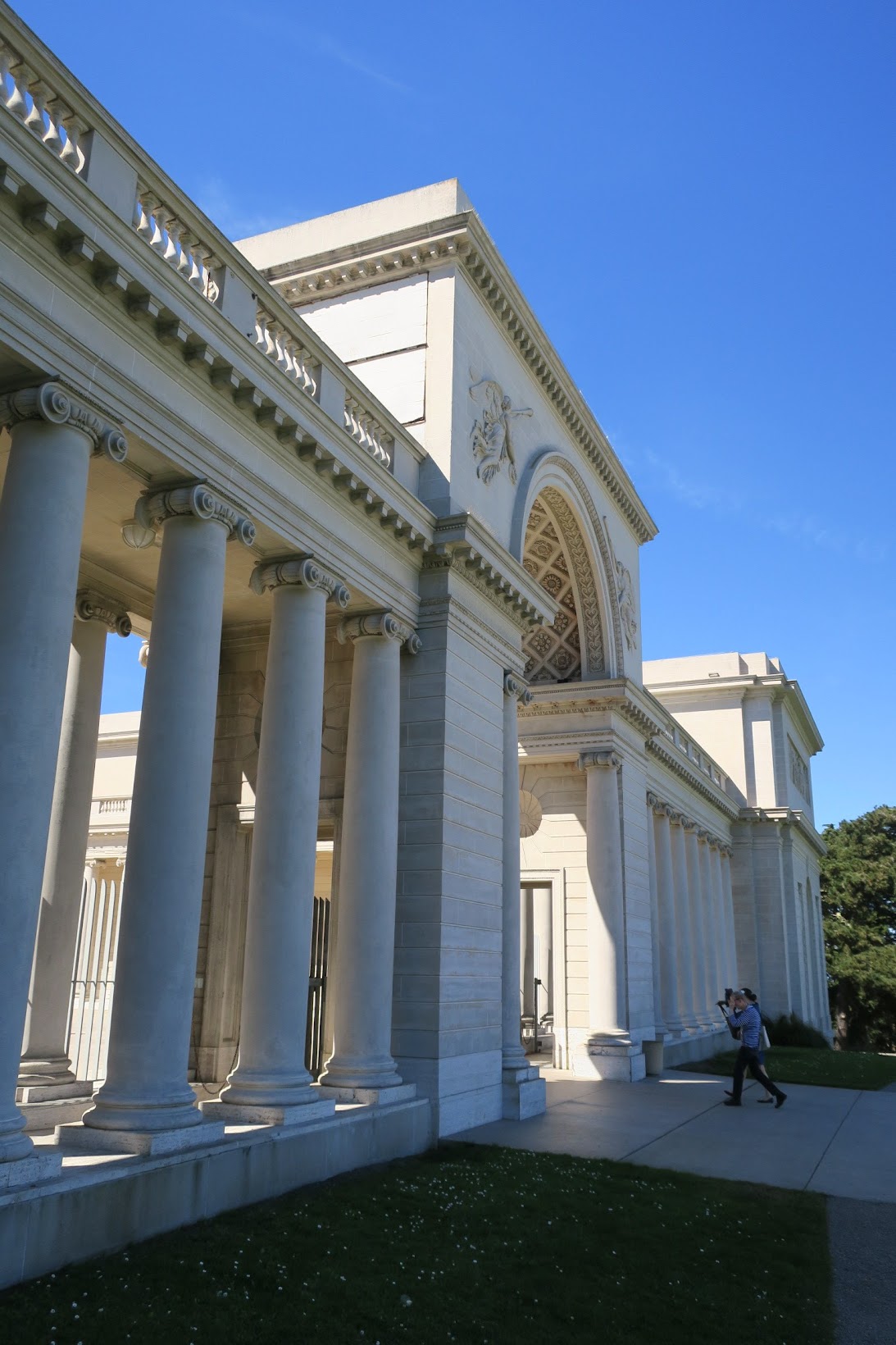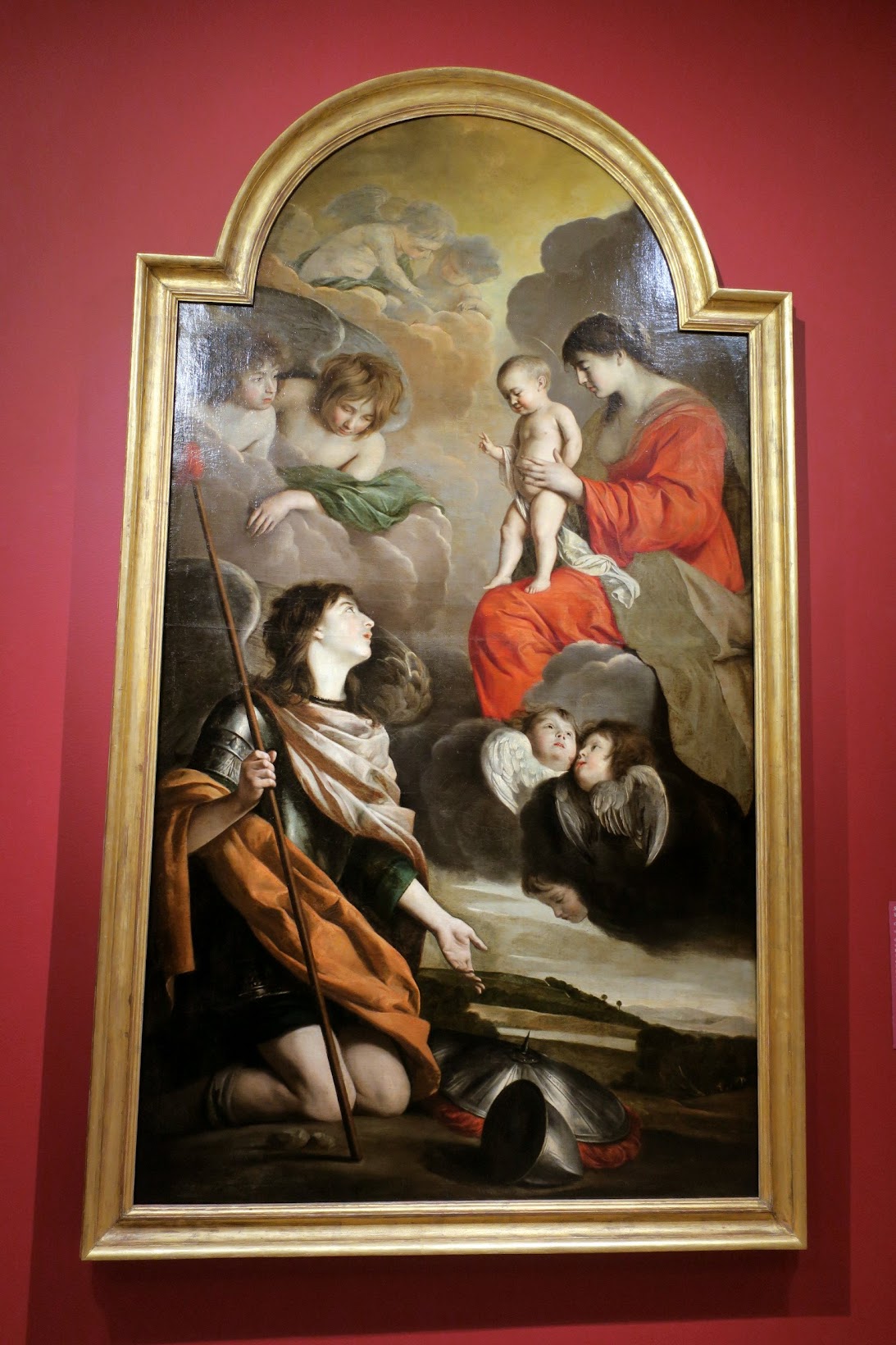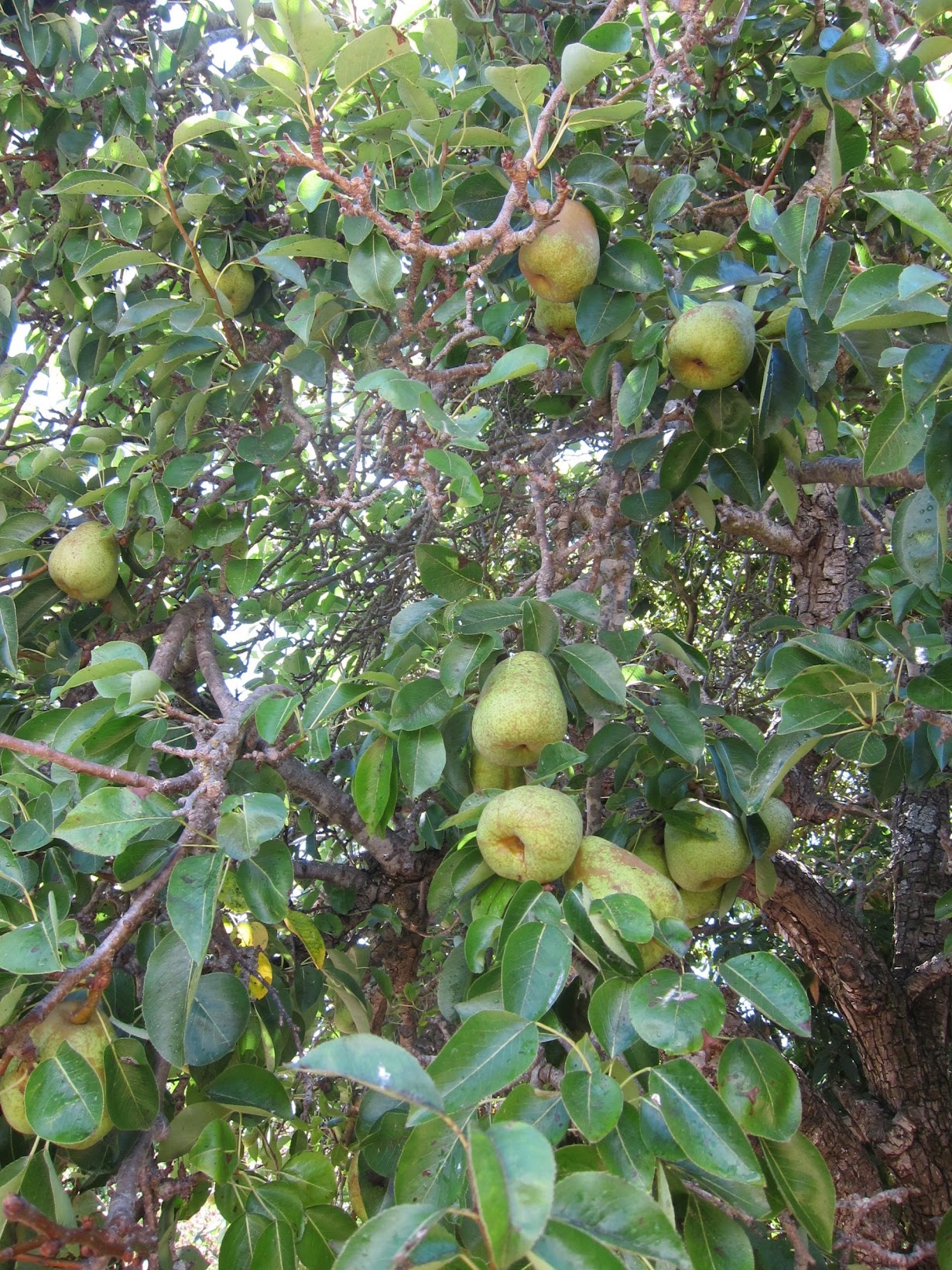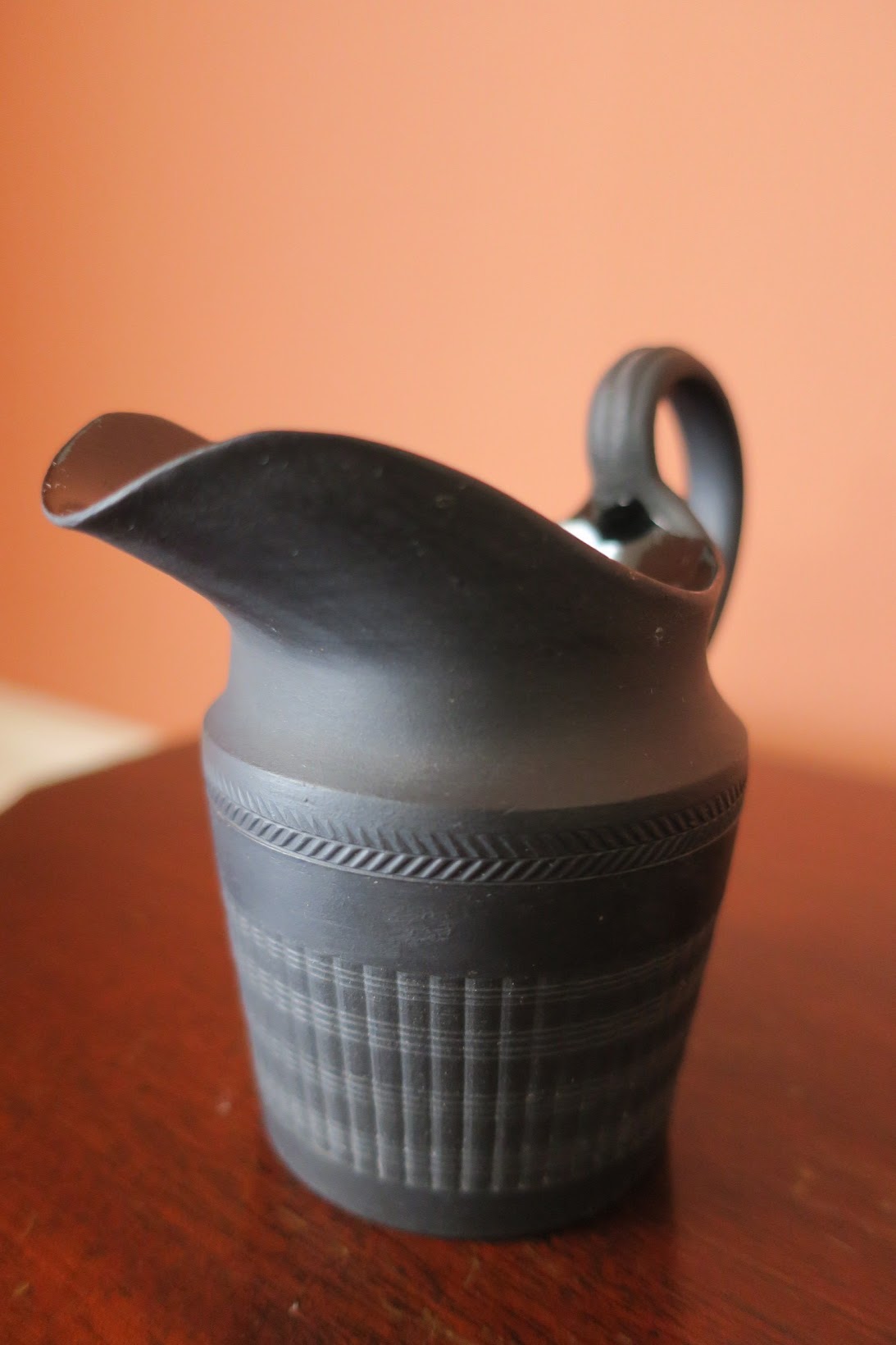Photo: Chronica Domus
It's that time of year again in San Francisco. The social season is once again upon us and one of the highlights, at least for me, is attending the San Francisco Fall Art & Antiques Show, now in its 35th year. Actually, the word "art" is new to the show's title which is a good thing as it drew several new exhibitors. While this prestigious event spans four days, from Thursday through today, I was not as organized as I've been in years past and thus only managed to attend with my husband in tow on day three.
Let's wander about and see what's what
Photo: Chronica Domus
The first booth that drew our attention was Clinton Howell Antiques. Mr. Howell is a charming and engaging fellow and we lingered for quite a while chatting whilst oohing and ahhing over several extraordinary pieces on display. I was so dizzy by the sight of an exceptionally large and handsome nineteenth century gilded convex looking glass that I forgot to snap a photograph of it for your enjoyment. You'll just have to take my word for it when I say the thing was enormous and rather a showstopper. Crowned with an eagle dangling a snake from its beak, and girandoles to beautifully illuminate any room in which it might be hung, it really was quite a special piece. Mr. Howell told us that it came from England and had likely hung in a country house. This rather surprised me. If I was a betting girl I would have lost a packet as the ring of ebonized stars surrounding the original plate, together with the crowning eagle embellishment, would have led me to believe it was an American piece.
The looking glass was by no means the only pleasant distraction in Mr. Howell's booth. Just take a look at this:
A rare Derbyshire Blue John urn
Photo: Chronica Domus
and, this:
The beautiful colors and striations of this handsome Blue John urn had weakened my knees
Photo: Chronica Domus
It was all getting a little too overwhelming so my husband and I headed straight for Café Girandole where we were seated for a pleasant lunch and light refreshments.
A flute of champagne is ever the civilizing tonic, and all the more so while set within a deluge of beautiful antiques
Photo: Chronica Domus
The spectacular floral arrangements at Café Girandole are a treat to behold
Photo: Chronica Domus
Following our lunchtime interlude, we wandered off down the aisles until we found this:
A corner of Mr. Charles Plante's incredible booth
Photo: Chronica Domus
Photo: Chronica Domus
Mr. Plante is obviously a dab-hand with a hammer and nails, for his exhibition space was beautifully hung with a multitude of tempting pieces
Photo: Chronica Domus
Photo: Chronica Domus
The photographs I've managed to take really do not do this space justice as every item was beautifully and compactly arranged, Mr. Plante's trademark look.
As I mentioned earlier, the show's theme revolved around animals and so I must include at least one image of my favorite animal embellished items. These porcelain tureens and trays, circa 1810 - 1830, are part of an extensive dinner service and are painted with various animals set within fantasy landscapes. The illustrations are based on Buffon's 'Natural History of Mammals'.
Doesn't everyone want a hedgehog, rat, and boar embellished dinner service?
Photo: Chronica Domus
I always like to stop by Hayden & Fandetta Rare Books and poke around among their interesting and often amusing collection of books.
Obviously, our household's Chief Bartender - my husband - has been doing it all wrong if I've yet to hear him sing whilst mixing our gee and tees!
Photo: Chronica Domus
A couple of years ago, I wrote a post on my sewing kit, found here, and how special it was to me because of the repurposed tole tin once owned by my grandmother. I believe if I did not already have such a kit, this beauty might have come home with me:
I was sorely tempted by this English Regency burr yew wood sewing box and the beautiful ivory oval showing a woman seated upon a neo-classical chair in the style of Adam Buck
Photo: Chronica Domus
Although we spotted several red dots on item tags, indicating an item had happily been sold, a premium event like the San Francisco Fall Art & Antiques Show is not just for serious buyers and collectors. It provides enthusiastic admirers of beautiful antiques the opportunity to view many wonderful pieces at close proximity and learn something about them from very knowledgeable and affable dealers. I hasten to add that such items might not necessarily be seen for sale at one's local antique shops, or what may remain of them. This is because the show attracts international dealers who bring various regional works of art, and particularly fine furniture from afar, to display within the historic waterfront Festival Pavilion at Fort Mason.
By attending the show, you will also help provide much needed funds that benefit Enterprise For High School Students whose work helps prepare students for success in the workplace and in higher education. Oh, and of course, let's not forget the excellent series of lectures given by some of today's top designers and ambassadors of style throughout the four-day event.
Perhaps you too will make a point of attending next year's show. You won't be disappointed.
